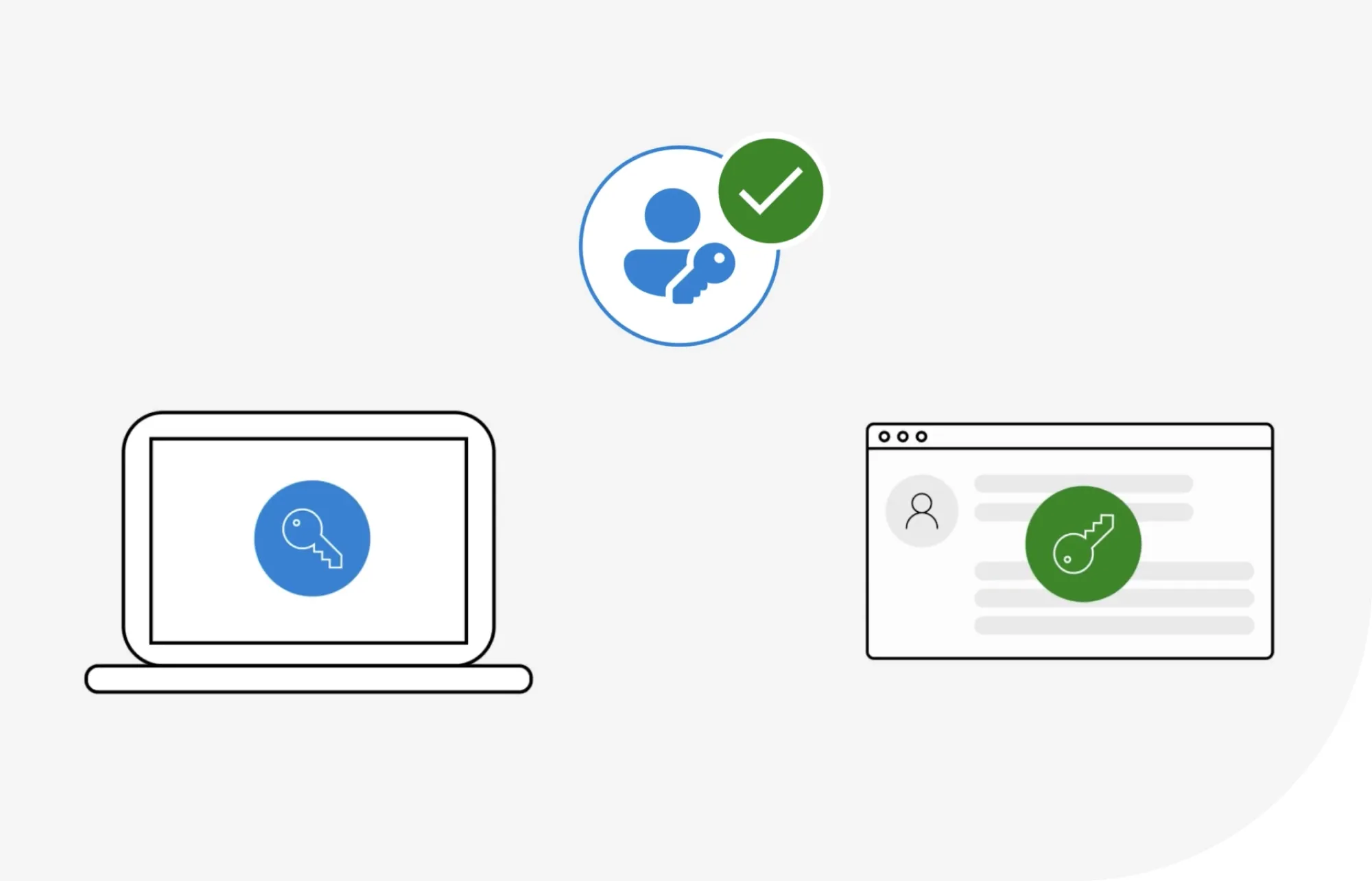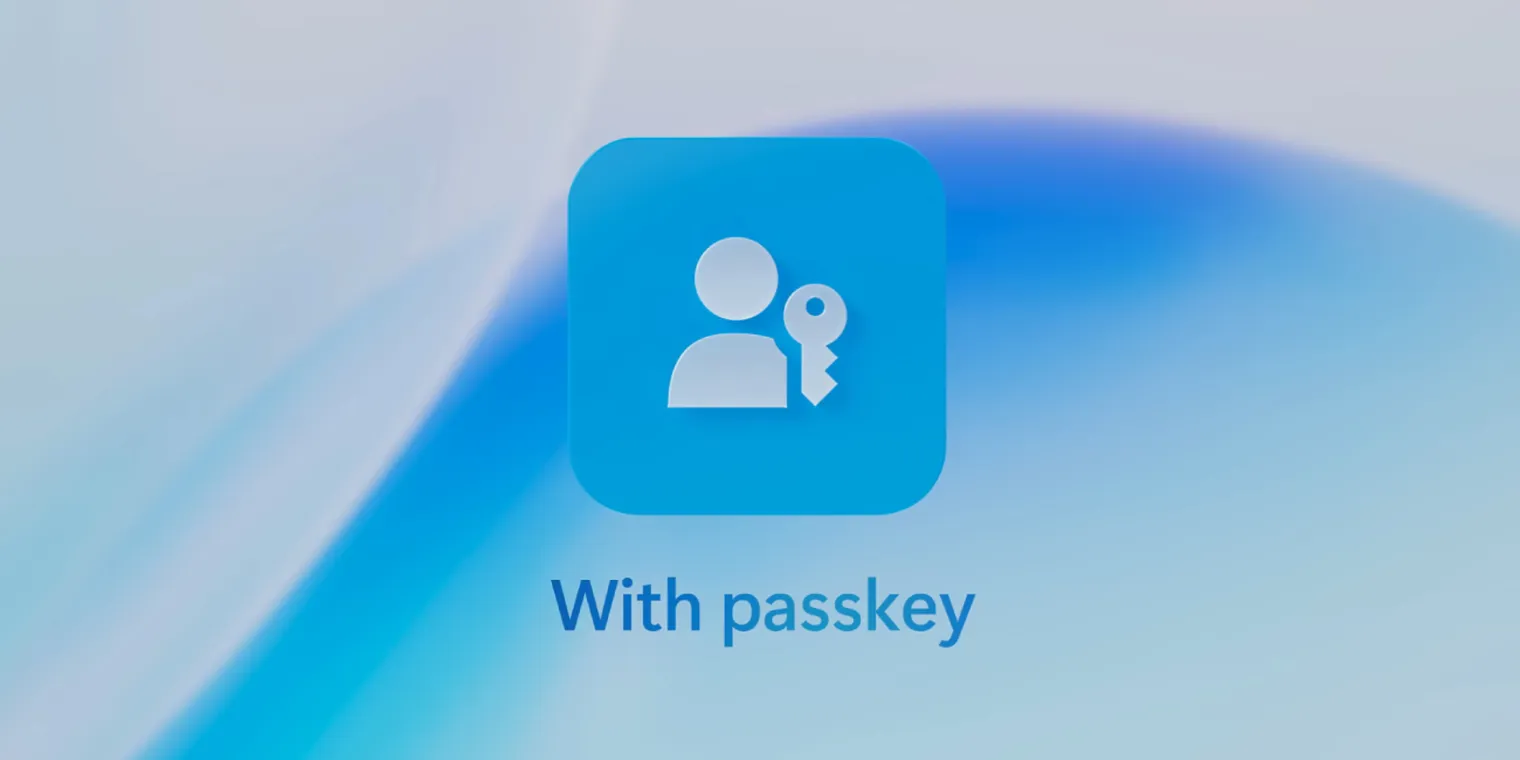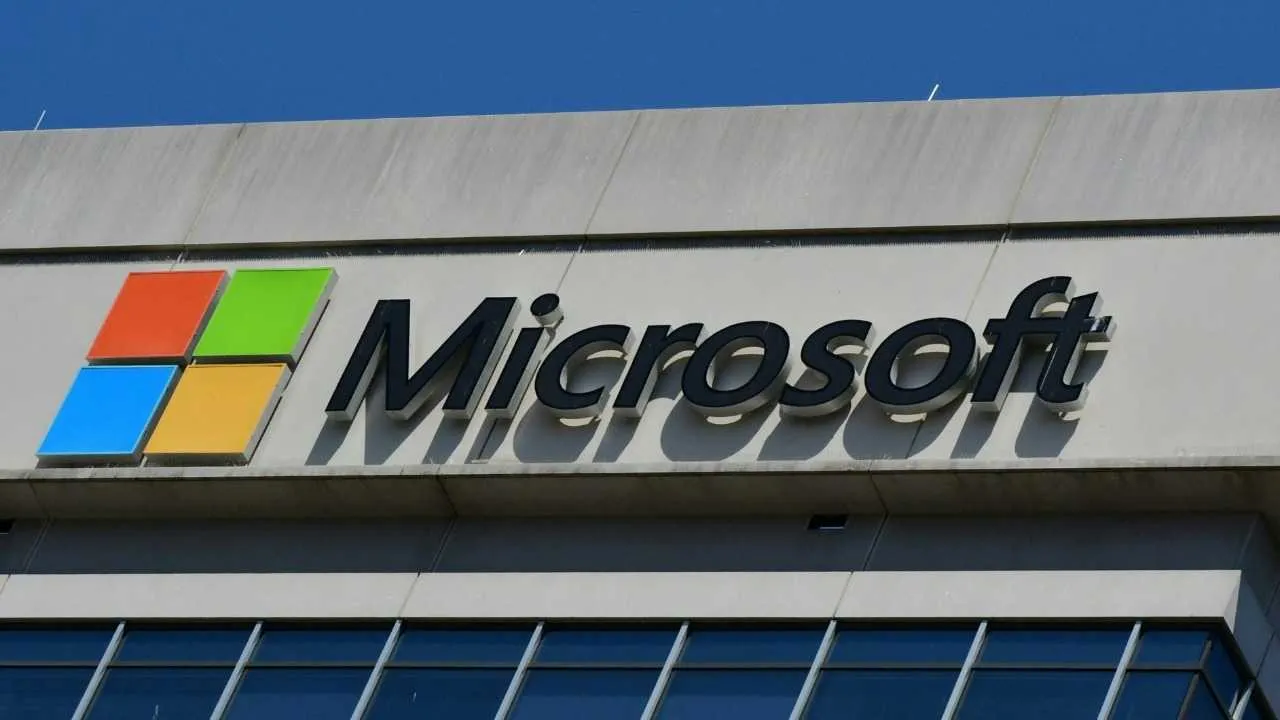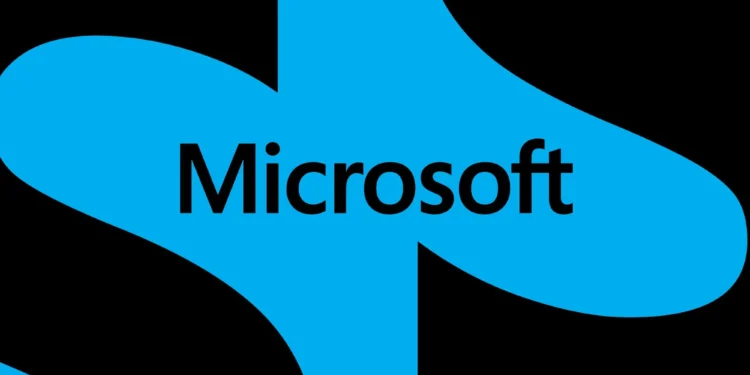“The password era is ending,” Microsoft has starkly announced, responding to the escalating threats posed by cybercriminals. With bad actors intensifying their attacks on traditional passwords—reportedly blocking 7,000 attempts per second, nearly double from last year—the company’s vision is clear: eliminate passwords altogether.
Microsoft’s initiative reflects a broader industry movement towards more secure and user-friendly authentication methods. Passkeys, which leverage biometrics like facial recognition and fingerprints or PINs, promise a quicker and safer user experience. They are designed to be immune to the typical attacks that plague passwords, such as phishing and brute force, and they simplify the login process by eliminating the need to remember complex passwords or handle one-time codes.

Challenges on the Horizon
However, transitioning to a passwordless world is not without its hurdles. Recent insights from the UK’s National Cyber Security Centre (NCSC) highlight several “significant bumps in the road ahead.” The adoption of passkeys faces challenges ranging from inconsistent support across platforms to the complexities involved in migrating to new authentication systems.
- Diverse Experiences: Users and providers must navigate the variations in passkey technology, which can lead to confusion and inconsistent user experiences.
- Device Loss Concerns: The implications of losing a device that houses passkeys are not yet clear to many users, raising concerns about security in such scenarios.
- Account Recovery: With the shift towards passkeys, attackers may target account recovery processes. Strengthening these processes is crucial to prevent abuse.
- Platform and Vendor Coordination: Achieving a seamless passkey experience requires collaboration among various technology providers to standardize terms and procedures.

The Road to Mass Adoption
Despite these challenges, the momentum towards a password-less future is building. According to the FIDO Alliance, awareness of passkeys has surged by 50% in the past two years, with a majority of those familiar with the technology actively choosing to use it.
Microsoft is taking a measured approach to this transition, conducting extensive user studies to understand the most effective ways to encourage passkey adoption. “What would motivate a user to stop what they’re doing and enroll a passkey?” is a question that Microsoft has meticulously explored, ensuring that each aspect of the user interaction is optimized for encouragement and ease.

Securing a Safer Digital Future
The push towards passkeys is part of a larger effort to combat the increasingly sophisticated cyber threats, including those fueled by new AI technologies. While passkeys represent a significant improvement in cybersecurity, the journey towards their universal adoption is just beginning. As Microsoft and other industry leaders continue to refine and promote this technology, the collective effort is clear: create a digital environment where user identities are as secure as they are easy to manage.
As we look towards a password-free future, the commitment of tech giants like Microsoft to enhance user security without sacrificing convenience is more crucial than ever. The path forward is complex, but with continued innovation and collaboration, a safer digital landscape is within reach.










